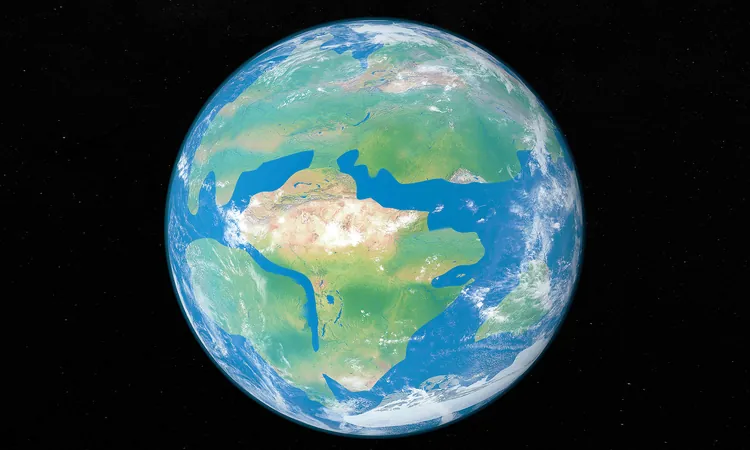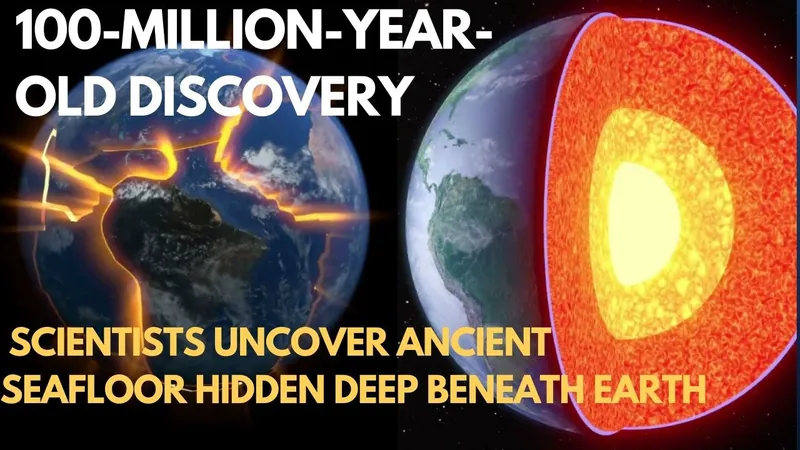
Unveiling the Surprising Diversity of Life 800 Million Years Ago: A Game Changer for Evolutionary Theory
2024-10-06
A Revolutionary Discovery
A team of dedicated scientists has meticulously reconstructed the evolutionary tree of life, focusing on eukaryotes—organisms whose cells contain a nucleus. This category includes everything from plants and fungi to algae and animals. Crucially, their research indicates that these eukaryotic organisms emerged approximately 1.5 billion years ago and flourished during a transformative period known as the Neoproterozoic oxygenation event (850-540 million years ago), when oxygen levels in Earth’s atmosphere surged.
Against All Odds: Survival Through Ice Ages
The findings highlight the remarkable resilience of early life. These ancient ancestors of modern species survived two severe glaciations known as the Cryogenian period (790-635 million years ago), a time when Earth experienced extreme cold, ostensibly transforming into a giant "snowball" that persisted for about 100 million years. Such survival strategies invite us to reassess how early life thrived amidst adversity.
Changing Our Understanding of the Neoproterozoic Era
Daniel Lahr, a professor at the University of São Paulo and a lead author of the study, points out that traditional narratives painted the Neoproterozoic Era as nearly lifeless, dominated by simple bacteria and protists. However, fossil evidence collected over the past 15 years reveals a much more complicated picture, showcasing unicellular eukaryotes as early as 800 million years ago—pushing back the timeline of life’s diversification by an impressive 260 million years before the Cambrian explosion.
Insights Into Evolution and Modern Implications
Lahr suggests that this research offers a vital foundation for studying ancient environmental conditions and their impact on evolutionary trajectories. The adaptation of eukaryotes, specifically Arcellinid amoebae—which transitioned from marine to freshwaters—exemplifies the flexibility of life forms to navigate drastic ecological changes.
A Call to Further Research
This research serves as a compelling invitation for interdisciplinary collaboration among paleontology, geology, and molecular biology, as it highlights the extraordinary adaptability of life throughout Earth's history. Each new finding reshapes our understanding of evolutionary timelines and encourages us to dig deeper into periods marked by dramatic climate changes, opening the door to the possibility of uncovering even more undisclosed life forms.
The Bigger Picture
In essence, this study acts as a testament to humanity's unrelenting quest for knowledge about life's origins and evolution. As scientists continue to piece together Earth's rich history through fossils and genetic records, we stand on the brink of potentially transformative discoveries. What other secrets does our planet hold about its ancient past? The journey of exploration continues to unfold, and the implications could redefine our understanding of life itself.
The study has been published in the journal *Proceedings of the National Academy of Sciences*, and it underscores our persistent fascination with the enduring saga of life on Earth. What hidden narratives will future research reveal? Stay tuned!









 Brasil (PT)
Brasil (PT)
 Canada (EN)
Canada (EN)
 Chile (ES)
Chile (ES)
 España (ES)
España (ES)
 France (FR)
France (FR)
 Hong Kong (EN)
Hong Kong (EN)
 Italia (IT)
Italia (IT)
 日本 (JA)
日本 (JA)
 Magyarország (HU)
Magyarország (HU)
 Norge (NO)
Norge (NO)
 Polska (PL)
Polska (PL)
 Schweiz (DE)
Schweiz (DE)
 Singapore (EN)
Singapore (EN)
 Sverige (SV)
Sverige (SV)
 Suomi (FI)
Suomi (FI)
 Türkiye (TR)
Türkiye (TR)